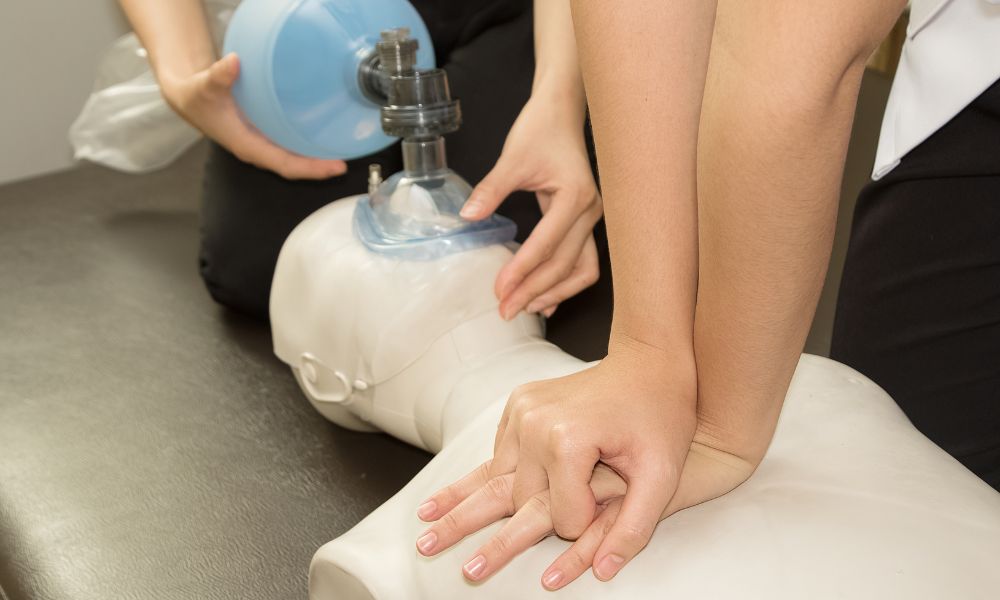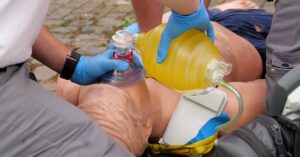Every moment counts in critical medical situations. Medical professionals, especially those in emergency care, are well acquainted with the “H’s and T’s” in the context of advanced cardiovascular life support (ACLS). They use this knowledge to prioritize the critical factors contributing to sudden cardiac arrest and guide their first steps of emergency care.
From deciphering the “H’s” to untangling the “T’s,” healthcare providers can provide care to a victim in a life-or-death situation. Here’s a deep dive into the terms and how they play a role in saving lives.
Understanding the “H’s” of ACLS
The “H’s” in ACLS stand for heart rate, hypotension, and hypoxia, which are vital in assessing a patient’s condition. Heart rate abnormalities, such as bradycardia or tachycardia, can lead to cardiac arrest and necessitate immediate intervention. Hypotension, an abrupt drop in blood pressure, can be a red flag for many life-threatening conditions. At the same time, hypoxia refers to insufficient oxygen in the body’s tissues, which could be a primary cause or a complicated factor in cardiac events.
Heart Rate
An abnormal heart rate, whether too fast or too slow, could be a warning sign of cardiac arrest. Promptly addressing these issues can often prevent deterioration or cardiac arrest.
Hypotension
If a patient’s blood pressure suddenly plummets, it could be indicative of shock, severe infection, or end-stage heart failure. These emergencies require immediate attention.
Hypoxia
Lack of oxygen can lead to confusion, signaling the brain to shut down functions, including heart activity. Immediate measures to restore oxygen delivery, such as intubation or supplemental oxygen, are critical for saving the victim’s life.
Exploring the “T’s” of ACLS
The “T’s” in ACLS represent thrombosis, tension pneumothorax, and tamponade. These life-threatening conditions need rapid treatment to improve patient outcomes.
Thrombosis
A clot in a major blood vessel or the heart can lead to a heart attack or a stroke. Medical professionals must consider and address any potential clots in victims experiencing cardiac arrest, as the clot might have caused or resulted from the event.
Tension Pneumothorax
This cardiac event occurs when air becomes trapped in the chest and can’t escape, increasing pressure on the lungs and potentially the heart. Such conditions can immediately compromise the body’s oxygen supply and blood circulation.
Tamponade
Cardiac tamponade is a medical emergency where blood accumulates in the pericardium, the sac around the heart, compressing the heart and preventing it from effectively pumping blood.
Reduce Heart Tension With CPR123
Mastering advanced cardiovascular life support and the “H’s and T’s” is a lifelong process for healthcare providers. It requires knowledge and the ability to think and act quickly under pressure.
Stay current with advancements in ACLS through continuous learning and certifications, like the AHA ACLS certification offered by CPR123. You’ll be one step closer to preventing cardiac arrest and dealing with the unpredictable nature of emergency care.







